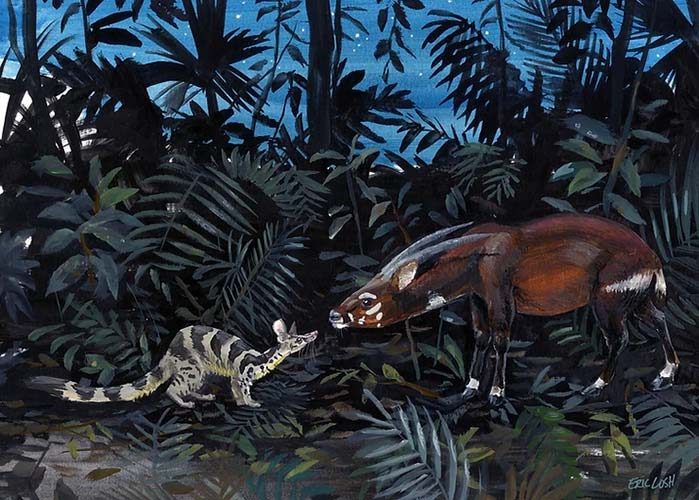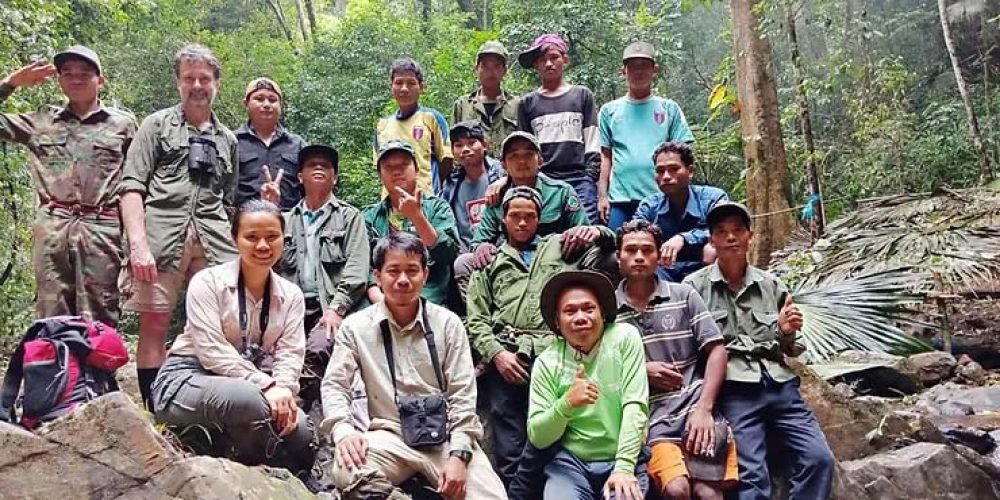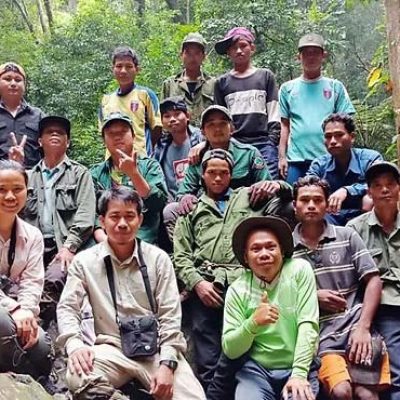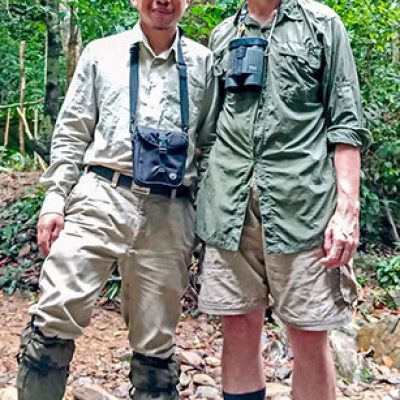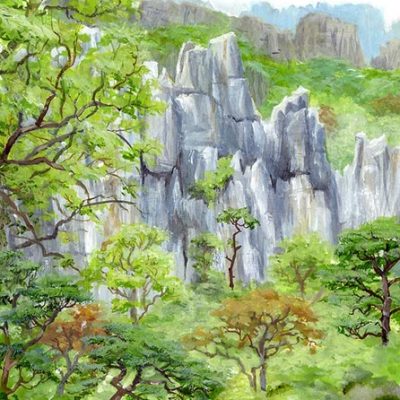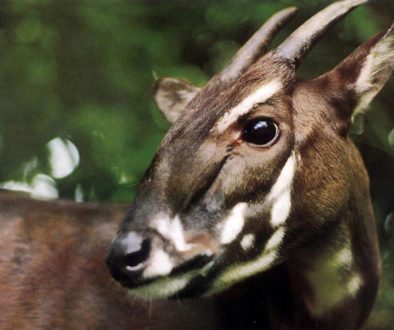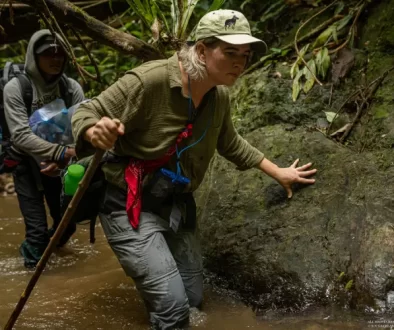The Line in the Sand: Saola in a Broad Conservation Context
By Lorraine Scotson, CEO & Steve Burns, Chair, Saola Foundation
Edited by Grace Vosen
Securing a future for wildlife in the Annamite Mountains will be a long game. The first five years of on-the-groundwork by the Saola Foundation will focus on Pseudoryx nghetinhensis.
But you might ask – why the narrow focus? Despite what is being done for Saola, what about other threatened species in the Annamites?
Wildlife conservationists are perched at the top of a slippery slope. If the world can let an animal as magnificent as the Saola go extinct, then no species is safe. By marshalling sufficient resources to save the Saola, we will simultaneously raise the standards of wildlife conservation in the Annamites, through development of advanced methods, tools and technology, which are transferrable beyond the search for Saola. This will make it considerably easier to save other species on the brink. So, in reality, the Saola focus isn’t narrow, it’s just the first important move in a broad, long-term endeavour to save many species in the Annamites.
The immediate benefits will be twofold. With dependable funding, the Saola Foundation will become a trusted technical guidance organization and partner. We are uniquely focused on conserving irreplaceable Annamite biodiversity and on ensuring that our strategy maximises conservation gains in the long-term. Many conservation NGOs in the region are struggling for technical support in issues related to wildlife monitoring and protection; issues which our Technical Team are especially skilled in. Our staff are already working closely with the IUCN Saola Working, Asian Arks and the Wildlife Conservation Society in Lao to achieve shared objectives.
Second, the Saola Foundation is assembling a highly skilled and versatile field team, to tackle and solve the technical challenges of endangered species conservation in the Annamites. Saola will by no means be the only beneficiary. The methods and approach our team will be develop will be applicable to, and will be freely shared for, efforts to save other threatened species in the Annamites – and beyond. To learn in detail about our technical strategy for Saola, see here: https://www.saolafoundation.org/why-saola-still-exists.
The slippery slope of species extinctions is especially steep in Indochina — and in fact the slippage began long ago. In terms of Annamite biodiversity, we believe that it’s not too late. Forests have shrunk, populations have dwindled, but losses to-date are largely reversable with the correct actions. This is not to say that any loss, any slippage, should be considered ok, but the effects become more perilous if we continue business as usual. And our optimism is waning, as what lies ahead, as we go further down the slope, is the loss of irreplaceable elements of Annamite biodiversity, including the extinction of unique endemic species, such as the Saola.

